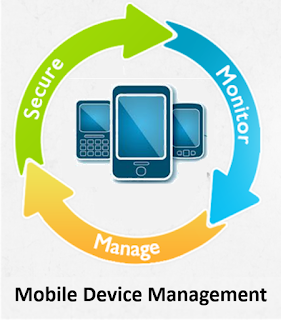In
today's volatile business climate, modern companies have to be flexible to cope
and adapt to change. This is especially true of IT infrastructures that need to
alter to keep pace with rapid developments in technology. Outsourcing your IT
support is one way of ensuring that your business maintains a flexible approach
and stays competitive.
Cost Effective
Most
modern businesses rely heavily on IT infrastructures whether they are file
servers, email and phone systems or simple office machines. As your business
grows and more pressure is placed on these systems, it may be tempting to
consider employing IT specialists within your company to administer them.
However, a team of IT specialists can be very expensive to employ on a salaried
basis. A more cost effective approach is to outsource this requirement to a
specialist company where you only pay for the level of support you require.
Specialist Knowledge
Companies
choosing to hire IT support in Cheshire, for example, can take advantage of the
services of a team of qualified professionals, all with expertise in specific
areas. This specialist knowledge is far more beneficial than employing a single
IT administrator who may only have general knowledge. Expertise can be acquired
through training, but this is a costly process. An IT support company will
ensure that their technicians have been given the relevant training, passing
this expertise on to your company without you having to make major investments
in human resources.
Infrastructure
Support
Maintaining
the ability to adapt to new demands is the key to a successful and strong
business. Developments in technology happen at a fast pace. Hiring an
outsourcing company can help your business to keep abreast of these changes. IT
support specialists can design infrastructures that allow for the addition of
new services, workflows and technologies to be installed when the need arises.
Reliability
When
IT systems crash, it can be a stressful, frustrating and expensive experience.
Any glitch in a company's IT system can have a catastrophic effect on its
revenue. Ensuring that your company is able to function, your employees are
able to work and your customers are able to buy is essential. Hiring the services
of an IT support specialist will help to minimise downtime and service issues.
Experienced trouble-shooters can also take steps to ensure that problems do not
repeat themselves.
Support
We
live in the age of the internet, which has caused us to change the way we
approach business. In traditional high street commerce models, companies
operate in standard business hours between Monday and Friday. However, the
internet facilitates online businesses' ability to operate a 24 hour service.
Many businesses worry that outsourcing to an IT support company will leave them
vulnerable without any expertise out of hours when they really need it.
However, most outsourcing companies offer telephone based assistance with
qualified operatives that deliver support 24/7. They can monitor your systems,
deliver server management and even carry out remote administrative maintenance,
ensuring your systems are up and running at all hours of the day.
Author Bio: Trevor Gordon is an experienced ICT consultant
based in Warrington. He believes that IT support in Cheshire is the best in the country.


